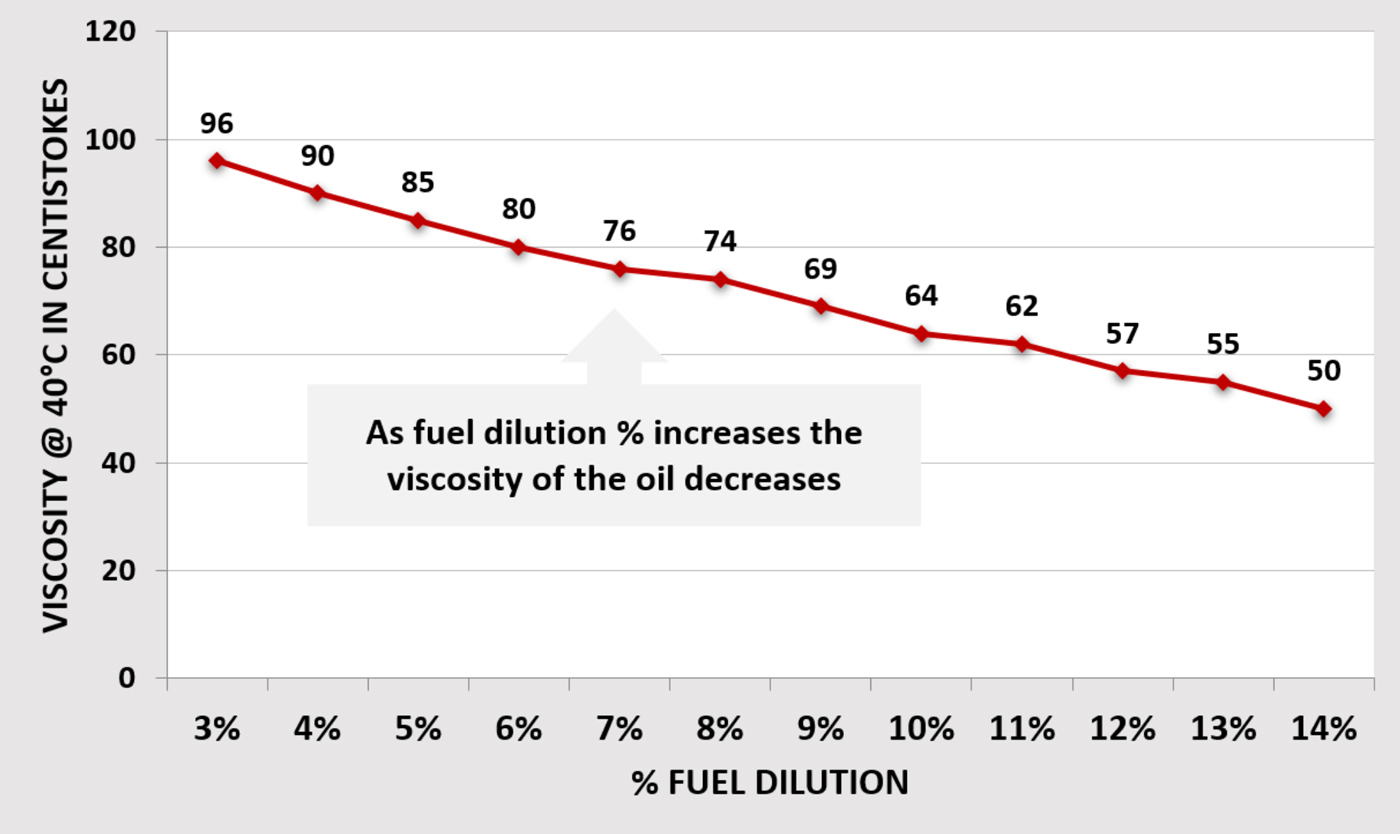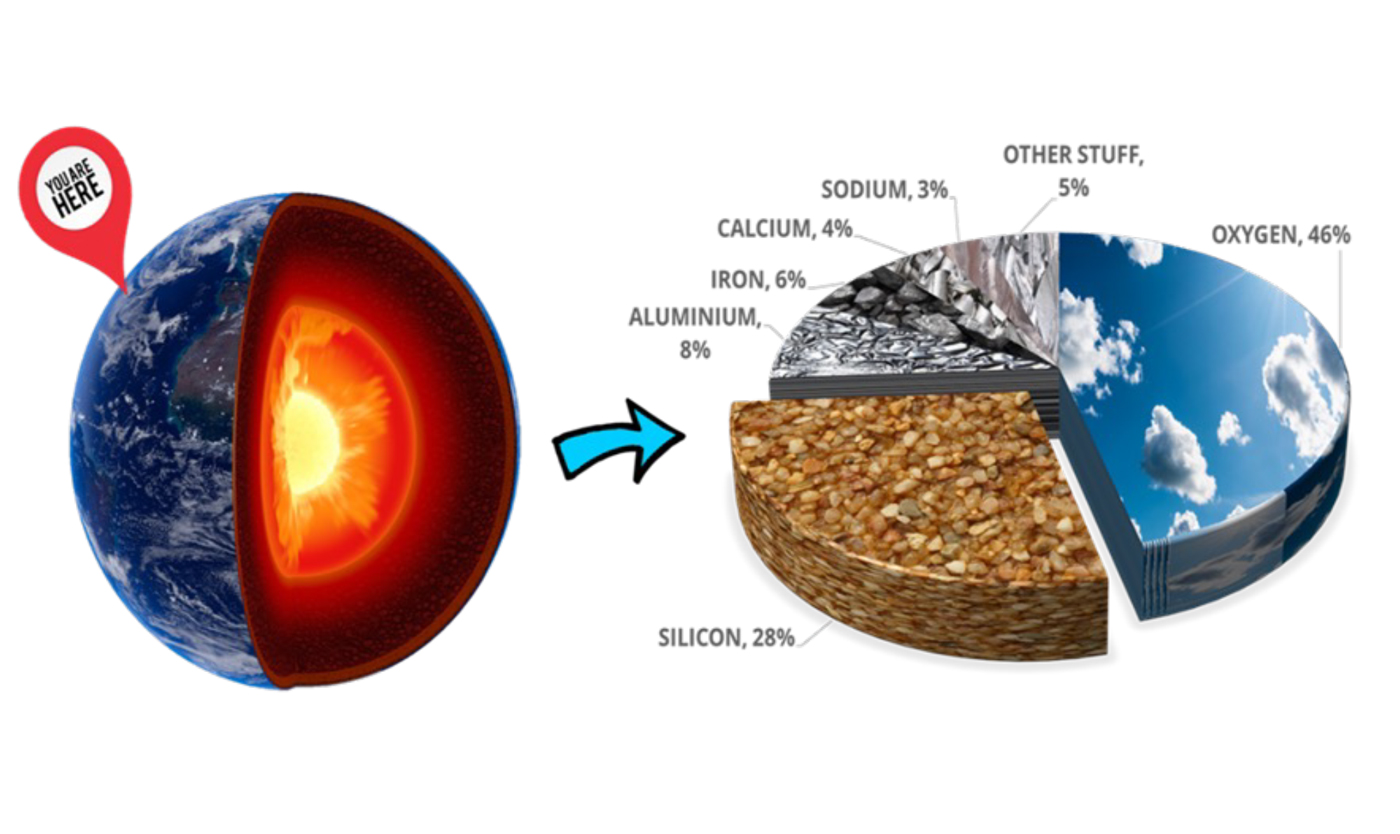The engine killers: insights into oil contamination
The engine killers: insights into oil contamination
One of the main functions of oil analysis is to monitor levels of contaminants in lubricating oil. According to condition monitoring specialist, WearCheck, these contaminants have the potential to destroy a vehicle’s engine.
Contaminants can be classed as either internal or external. Internal contaminants are generated within the mechanical system, and include wear debris or combustion byproducts that accumulate in engine oil as a result of burning diesel. External contaminants are substances existing in the environment that should not be in the oil, like airborne dust or water.
Contaminants can directly damage the mechanical system being lubricated. Dust, for example, is abrasive and can cause abnormal component wear. Contaminants can also be indirectly damaging, however, by causing the lubricating oil to degrade. This may, in turn, have an adverse effect on the mechanical system.
When it comes to the analysis of used engine oils for condition monitoring purposes, certain contaminants are vitally important to monitor, as they are often the root causes of premature oil degradation and engine failure.
When unburned diesel leaks directly into the sump, the problems caused are twofold, as there is both a physical and a chemical effect. The former reduces the oil’s viscosity, which impacts the load-bearing capabilities of the oil, while the latter results in the chemical dilution of the oil’s additives, reducing their effectiveness. Combined, the physical and chemical effects of fuel dilution result in accelerated wear.


Physical effect
The kinematic viscosity of diesel is significantly lower than that of a typical engine oil, so only a relatively small amount of fuel is required to significantly reduce the oil’s viscosity. Large amounts of fuel dilution can drop the viscosity of an engine oil by several grades, which can collapse critical oil film thickness. This in turn leads to a reduction in the load-bearing capabilities of the oil, eventually causing abnormal bearing wear.
Chemical effect
Diesel engine oils are blended with additives that have specific functions to perform. Anti-wear antioxidant, dispersant, and detergent-type additives are just a few examples of these. When large amounts of fuel are present in an engine oil, these additives become chemically diluted, reducing their effectiveness.
Dust entry
The earth’s crust consists of different types of rocks that contain large amounts of silica (silicon dioxide), which contributes to the composition of natural soil and dust. In oil analysis, silicon is therefore used as the main elemental indicator of dust entry.
Engines are at high risk from the accelerated wear that takes place due to dust abrasion, because of the large volumes of air taken into an engine through its induction system. Efficient air filtration removes most of this incoming dust, but any remaining dust not removed by the filters or cleaners consists of very small, abrasive particles that can be 10 microns to
sub-microns in size.
As a result of the small clearances between piston ring and liner bore, it is these small airborne dust particles that pose the biggest threat when leaks occur in the induction system. These particles will pass between piston, ring, and cylinder, ultimately becoming suspended in the oil.
To find out more about oil contamination and how oil analysis can save your engine, you can email: marketing@wearcheck.co.za, call WearCheck head office on (+27) 31 700 5460, or visit www.wearcheck.co.za.
Published by
Focus on Transport
focusmagsa




